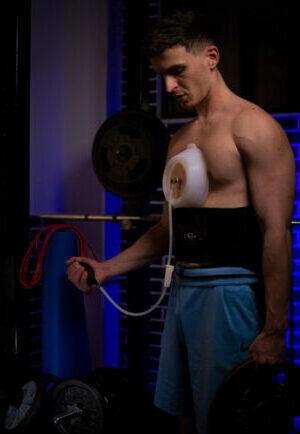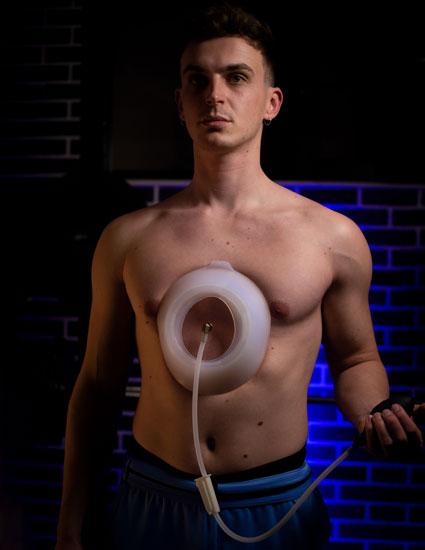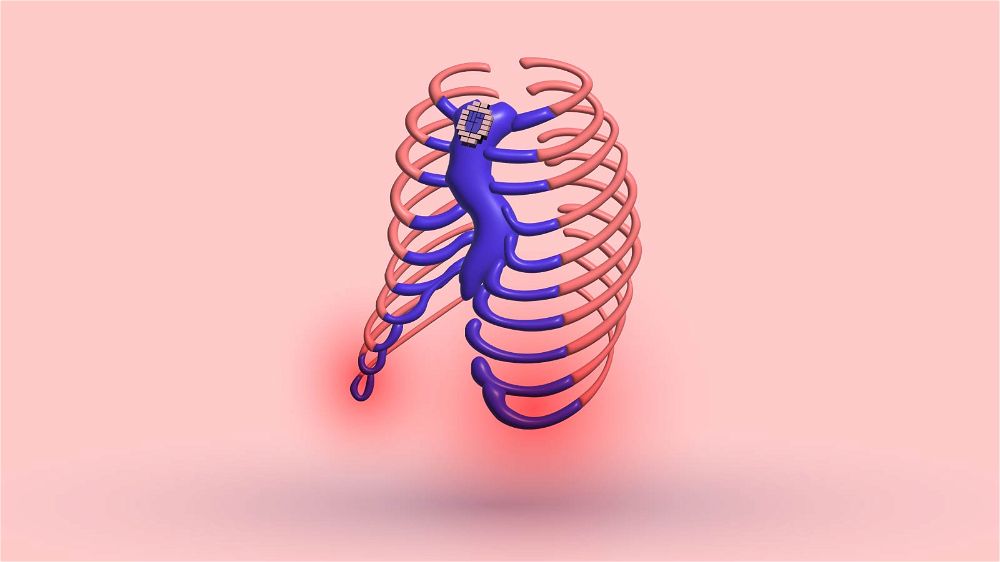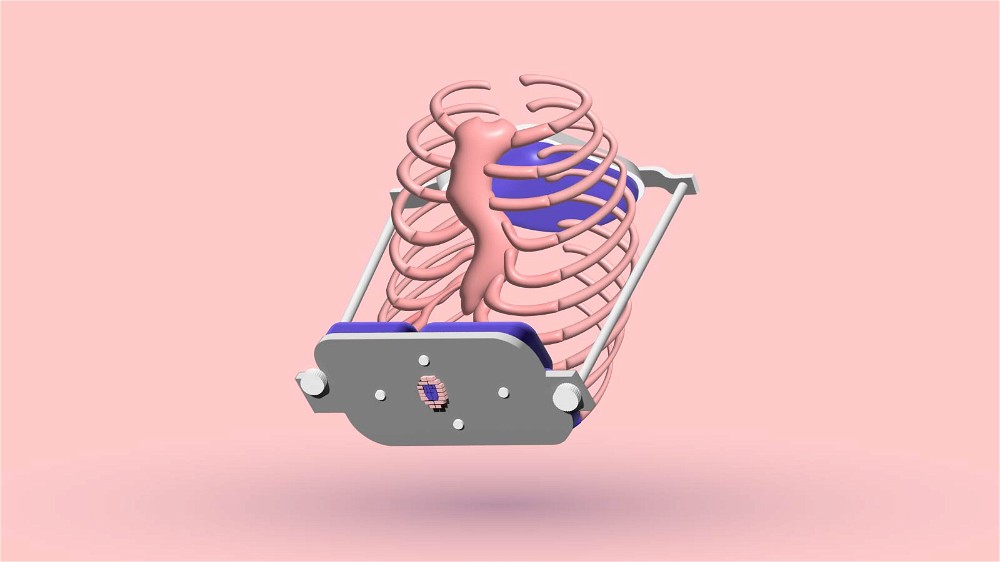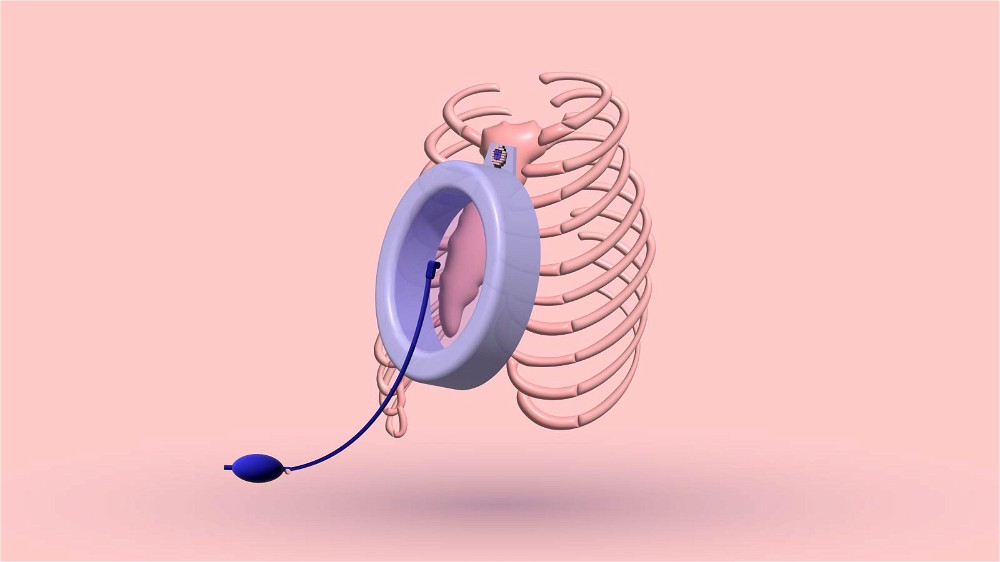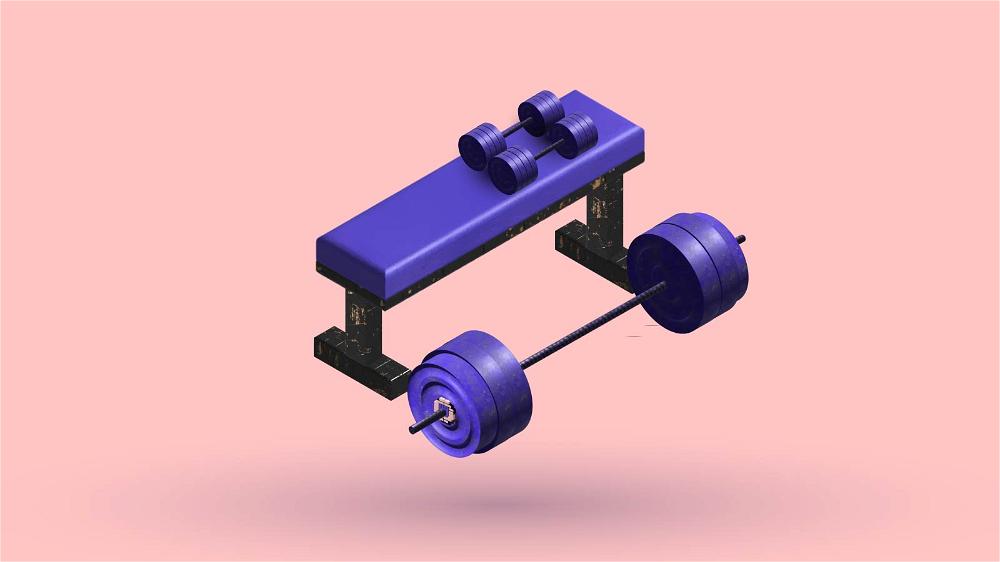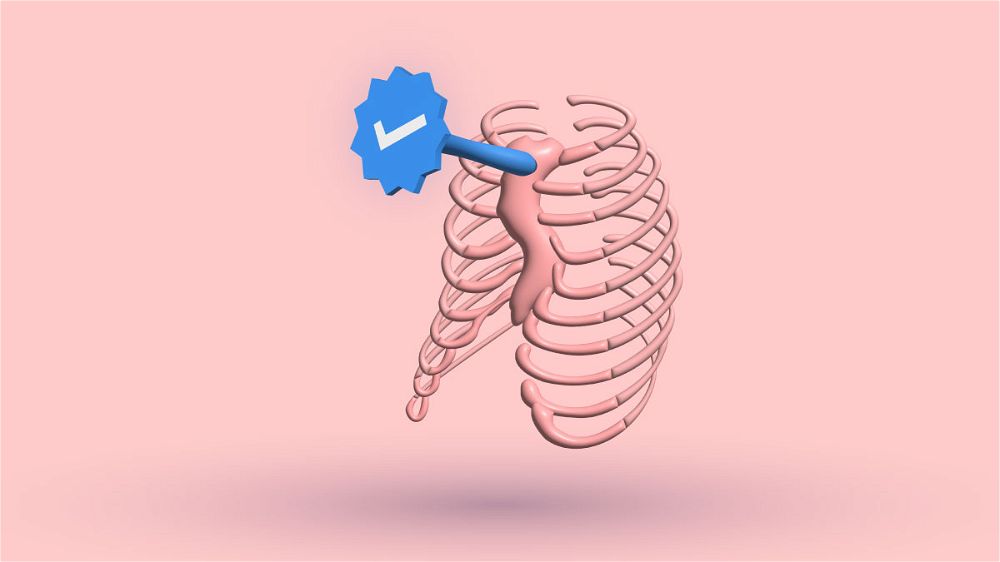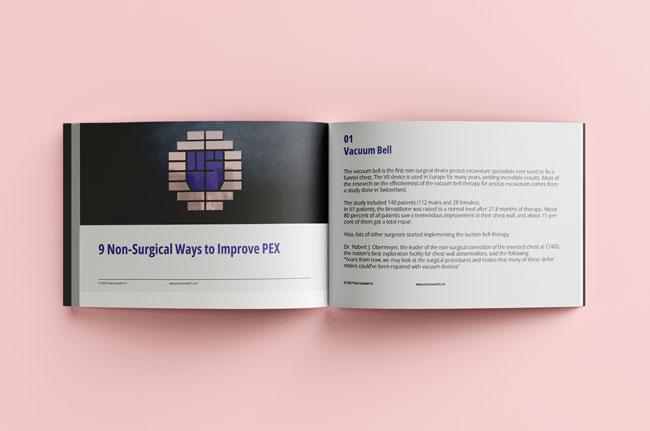The Nuss procedure has recently been published with several creative modifications, notably for handling more difficult pectus excavatum cases.
That is a positive thing for us, meaning that there are constant improvements in the field of surgery, and can help us more efficiently.
Dr. Hyung Joo Park is one of the innovators, who tried and successfully researched the whole process and the outcomes of using some of the innovative procedures.
He has many approaches for treating patients with more complex, deep, or abnormal pectus excavatum. Many patients share their experience with Dr. Park, saying he is one of the best pectus excavatum surgeons in the world.
His fields of academic interest are pectus excavatum and carinatum and use minimally invasive procedures.
Innovations for the most severe pectus excavatum
grand canyon
His most known innovation is correcting complex combined deformity forms, such as the Pectus Grand Canyon.
The "Grand Canyon" deformity is a severe pectus excavatum variant with an asymmetrical chest depression to the right. Patients with this kind of deformity are at a greater postoperative complication rate.
The Haller index can be very high for this pectus malformation. By Dr. Park's classification, when the indentation is deeper than 3cm, the pectus patient has a grand canyon or the most extreme case.
The cross-bar technique is one of the most important and known innovations of which Dr. Park was part.
He developed the cross-bar method in 2016 to successfully remodel the chest wall without the risk of the bar moving or rotating.
Surgeons use the cross-bar procedure to reconstruct the entire chest wall.
This technique requires placing two bars diagonally on the target area before being crossed. The main goals are to raise large, inflexible depressions in the chest wall or to cover lower lateral areas by doubling the lifting forces by bringing two bars together to converge on a wanted point.
Step by step:
After defining your Haller Index and deciding on undergoing surgery with the medical team, it is critical to adequately prepare for the surgery with all helpful physical and emotional preparations.
You will receive anesthesia and proper care from the medical team on the day of the operation, and when everything is ready, the procedure starts.
- While lying down straight, your arms must be free to swing from the overhead cross-bar on the operating table.
- The entire chest, as well as both groins, are prepared and draped.
- On each lateral side, your surgeon cuts about one centimeter of the skin.
- They insert pectus bars into each hinge point, where they entered the thoracic cavity by internal incision.
- The convexity of the bar, with its concavity facing downward, is positioned beneath the depressed chest wall.
- Doctors shape the pectus bar to suit the patient's malformation.
- Next, the table-mounted crane system with sternal wire elevates the sternum.
- The medical scope is visually guiding the surgeon’s utilized bars, placing them to cross one another.
- A tiny bore catheter is inserted into the wound pockets to drain the fluid and into the pleural space to prevent the lungs from collapsing.
- Next is placing local anesthetic infusion catheters and stitching up the incisions.
- In some procedures, surgeons may insert three bars to raise the anterior chest wall and reconstruct the entire chest wall. The first and second bars must cross one another at the target in the cavity. The second target point at the upper chest raises by placing the third bar horizontally above the level of the patient's nipples. The bridge plate is fastened to both sides by all three bars. Both main hinges have mounted hinge points and hinge plates for support.
When the operation is over, you are ready to start your postoperative period. You must be careful in your daily activities to prevent any additional physical injury. You'll receive a complete plan detailing what you can and cannot do in the first post-operative weeks.
Outcomes
"This technique is the best so far, regarding the quality of repair outcomes and stability of pectus bars.
My technique of cross-bar aims to cover not only the promontory of the depression but also the whole anterior chest wall, including lateral parts, by avoiding hinge compressions and residual depressions. The bridge fixation makes the bars un-rotatable."
Dr. HJ Park
According to surgeons, the technique's key benefits include lifting several points without leaving behind the depression of the chest.
As a benefit, they also point out the saving of the lateral part of the chest wall where the pectus bars press the ribs at the hinges.
247 patients had this crossed bar pectus excavatum method performed on them between 2016 and 2019 successfully, marking positive outcomes in this technique.
Doctors claim the cross-bar approach is safe and efficient even though it treats more complex pectus excavatum issues. The cross-bar procedure reconstructs the entire chest wall in complicated and asymmetrical cases.
The Nuss procedure vs. Cross-bar technique
Even though the cross-bar technique is just as challenging for patients as the Nuss operation, there is one significant difference between these two surgeries.
The only and most significant benefit of the cross-bar procedure is the low chance of displacement and rotation of the bar throughout the postoperative period.
The Nuss procedure's most frequent side effect is the displacement of the pectus bar, which is unlikely when using this innovative method.
The postoperative period can be tricky with the Nuss procedure. But, with the cross-bar, that period will be much easier because it will free you from the fear of displacing your bars with every movement.
Doctor HJ Park claims that in January 2016, he treated more than 14 patients with this cross-bar approach and has never had any issues such as bar displacement or the need for additional surgeries.
Bottom Line
The existence of numerous techniques to correct our deformity is great for us. It gives us hope and motivation that we have plenty of choices we can choose from and decide what is best for us.
When choosing your type of treatment, you must do it with a specialist doctor who will help you decide what is suitable for your deformity and its severity.
So please avoid being demotivated at any moment by your deformity because numerous doctors can help us and find ways to treat it. In the meantime, I highly advise you to not wait and to improve the quality of your lifestyle day by day.
I hope that there will be even more major and valuable inventions to solve our deformity in the future.
If you have experience with the cross-bar technique, please share it in the comments or contact me so we can know more about it.
I hope you found this post helpful.
Thank you for reading.
4 Sources
- Dr. Hyung Joo Park, Pectus Surgeon in Seoul, , South Korea [Internet]. Pectus Awareness and Support Foundation. 2020 [cited 2023 Feb 3]. Available from: https://www.pectus.com/surgeons/dr-hyung-joo-park
- Grand Canyon pectus excavatum three-dimensional cutaway. | Download Scientific Diagram [Internet]. [cited 2023 Feb 3]. Available from: https://www.researchgate.net/figure/Grand-Canyon-pectus-excavatum-three-dimensional-cutaway_fig3_296057307
- A technique for complex pectus excavatum repair: the cross-bar technique for grand canyon type deformity (Park classification) - Park- Annals of Cardiothoracic Surgery [Internet]. [cited 2023 Feb 3]. Available from: https://www.annalscts.com/article/view/11501/html
- Hyun K, Park HJ. The Cross-Bar Technique for Pectus Excavatum Repair: A Key Element for Remodeling of the Entire Chest Wall. European Journal of Pediatric Surgery. 2022 Jul 12;


